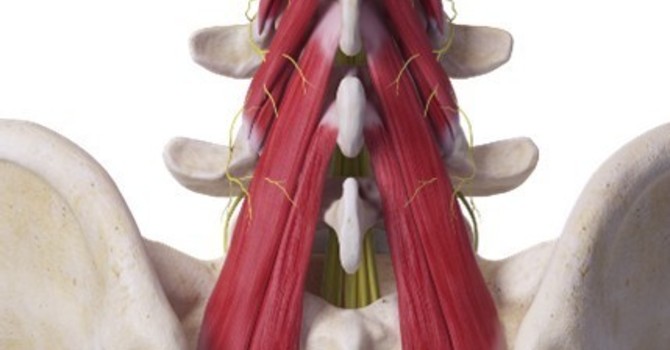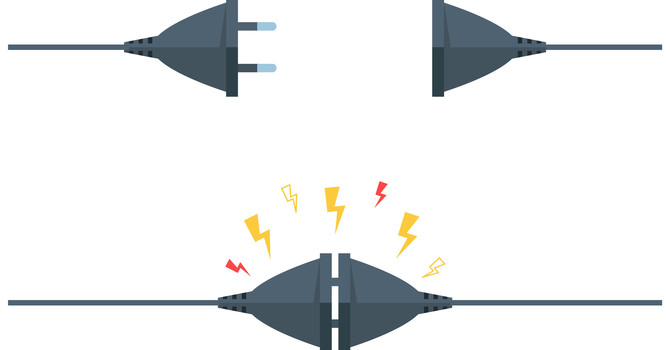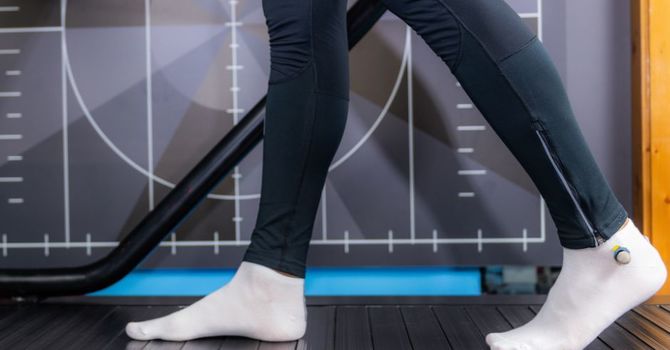
We see a wide variety of problems in our clinic. But most problems can be boiled down to two variables: load and capacity. It's important to ask ourselves, how much load are we placing on our bodies, and what is our body's capacity to handle that load? If the load placed on our body is more than our body’s capacity, that’s when injuries happen. So what can we do about that? First let’s dissect this relationship between load and capacity a bit further.
LOAD
Load (aka stress) can come in a variety of forms. It can be physical load from things like exercise, walking the dog, sitting at our computer, gardening, or repetitive movements at work. Our bodies can also be affected by emotional or psychological loads. These are things like work or family stress, anxiety, deadlines you have to meet, bills you have to pay, errands you have to run, etc.
Lucky for us, our bodies are designed with the innate ability to handle these loads. In one of our previous blogs, we used the “cup analogy” to describe how our body handles stress and how it relates to pain. In summary: we all have a cup. Things we do throughout our day fill up our cup little by little. Our cup is never truly empty, but if our cup overflows, that’s when problems like pain or injury can occur. Some changes we can make to decrease the load being placed on our body include:
- Adjusting weight, reps, duration, distance or speed of exercise
- Take more movement breaks throughout our work day
- Take more rest days
- Prioritize healthy eating and sleeping habits
- Meditate
Once we recognize these different loads and stressors that fill our cup, we can start to modify them so our cup doesn’t overfill.
CAPACITY
In its simplest form, capacity equates to how much load our body's soft tissues (muscles, ligaments, discs, etc.) and joints in can withstand. If too much load is applied too soon without proper rest, then these structures will fail and that's when an injury occurs. This can happen with repetitive loads experienced during exercise, manual labor, chores around the house, etc. Or it can occur with sustained loads like sitting or holding a baby in one arm for too long. We can see this load vs capacity relationship in the graphs below:
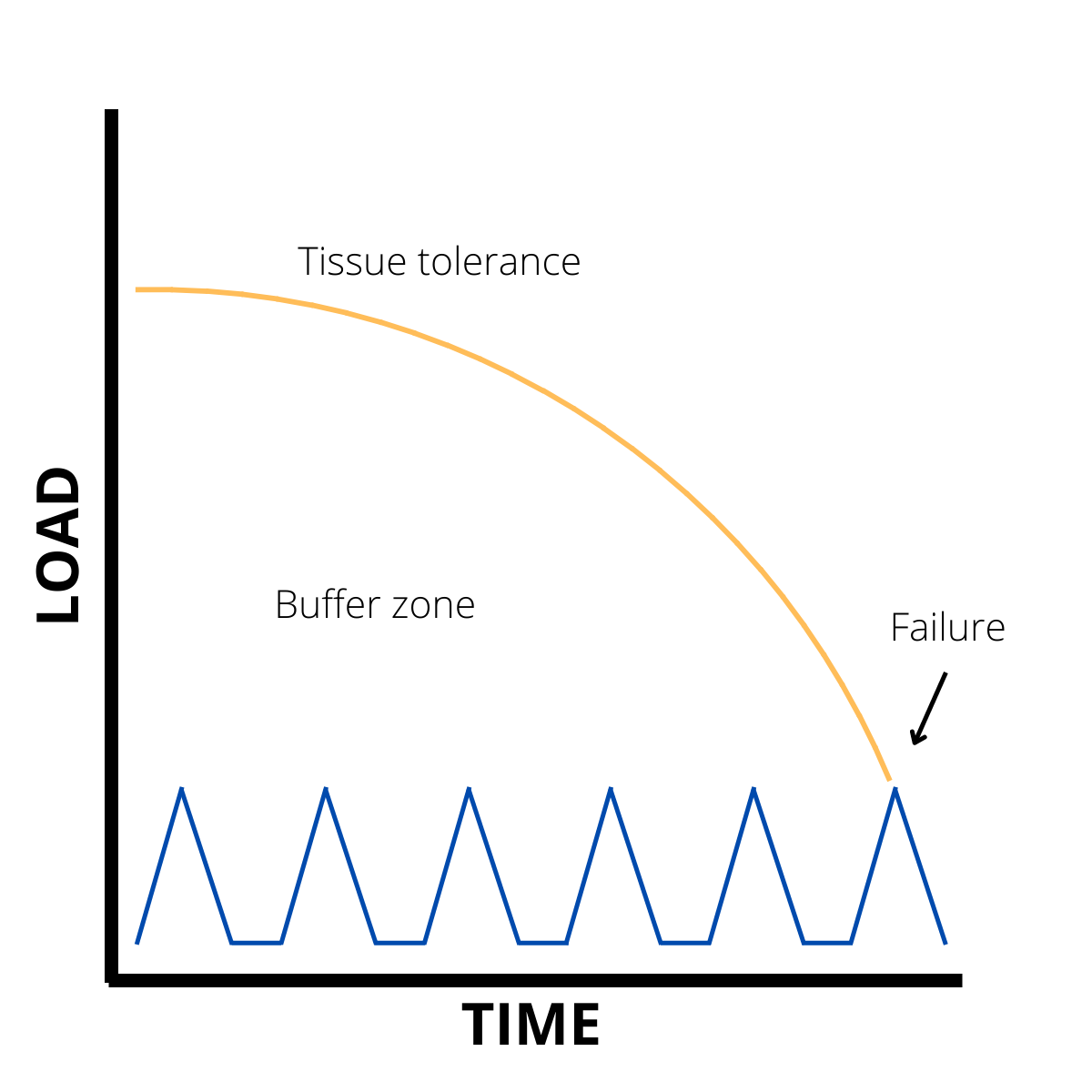
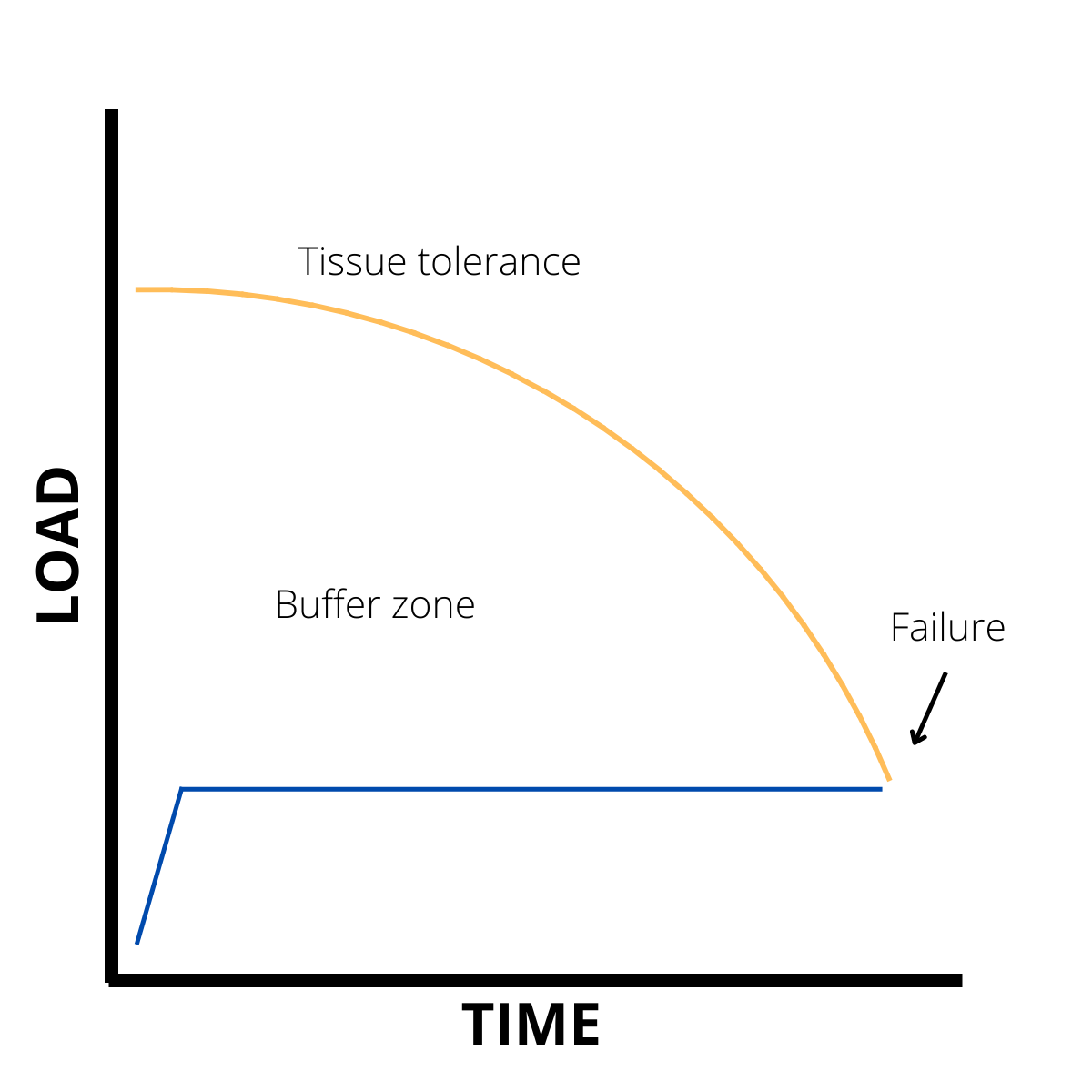
The graph on the left represents repetitive loading and the graph on the right represents sustained loading. Our tissues have a "buffer zone" which allows them to tolerate higher loads in short time frames without injury. But if these loads continue to accumulate without proper rest, eventually that tissue will fail. With proper rest and recovery plan, we can help avoid injury by giving our muscles and joints a chance to recover, maintaining our "buffer zone", and eventually get stronger:
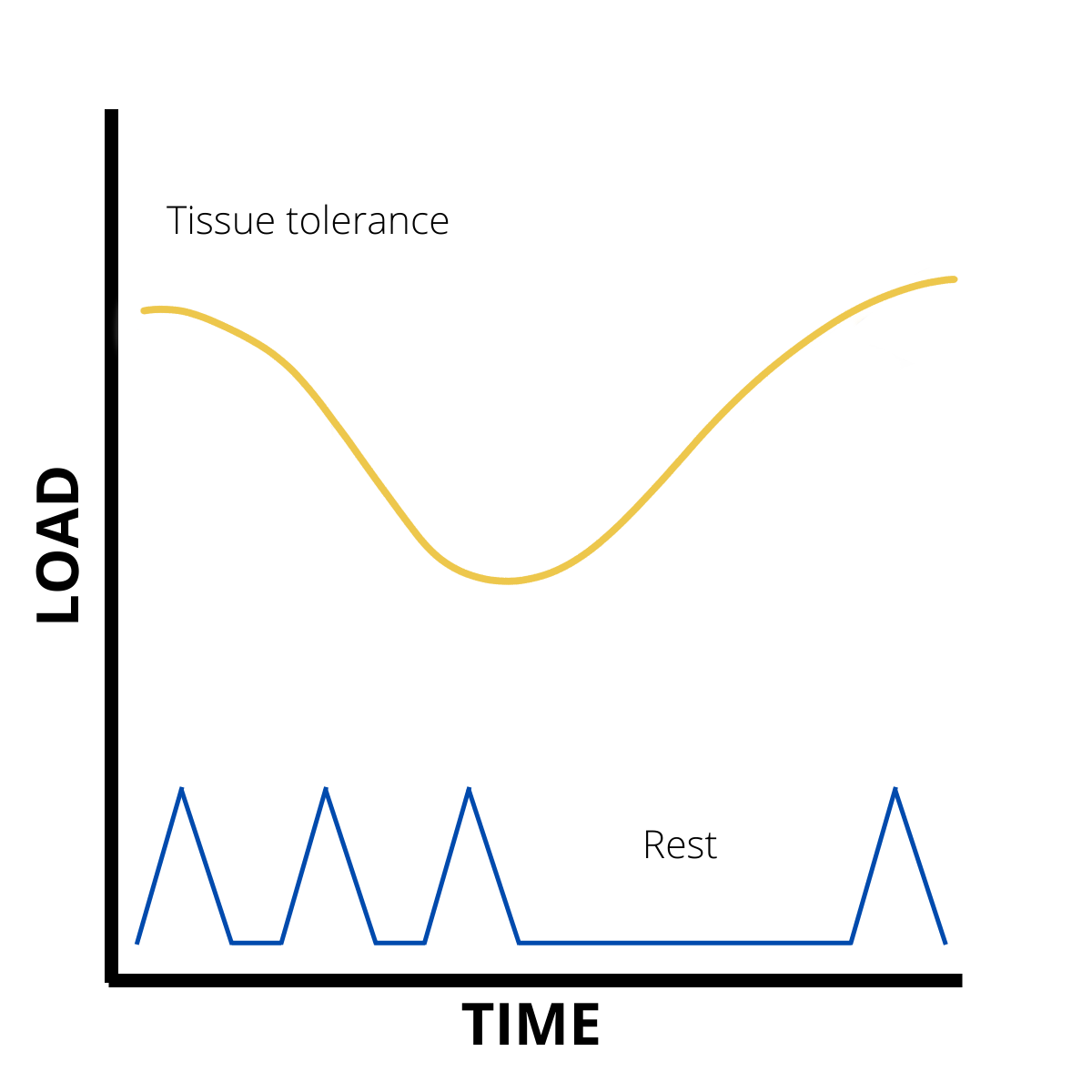
Proper rest along with strength training and exercise are the best ways to protect ourselves from injury. Regular exercise will build up our tissue tolerance so we will have more of a "buffer zone" when doing different activities throughout our day. It also improves our ability to tolerate fluctuations in load/stress without it overflowing our cup and causing us problems.
GRADED EXPOSURE
Graded exposure is the smartest approach to building sustainable strength and increasing physical activity over time while decreasing risk of injury. For example, if you want to run a 10k but don’t have any experience running, it’s probably not a good idea to start running 10k five days a week until it gets easier. This strategy will most definitely lead to injury and will prevent you from reaching your desired goals.
A better strategy would be to start with 1-3k runs a few times per week to allow your muscles and joints to get used to running. As the weeks go by, you can gradually add on more distance and eventually work up to 10k runs. The same strategy can be used for just about any kind of exercise or activity. Low and slow always beats out high and fast in the long run.
Try this approach for yourself to get moving and STAY moving!

Dr. David Olson
Contact Me
